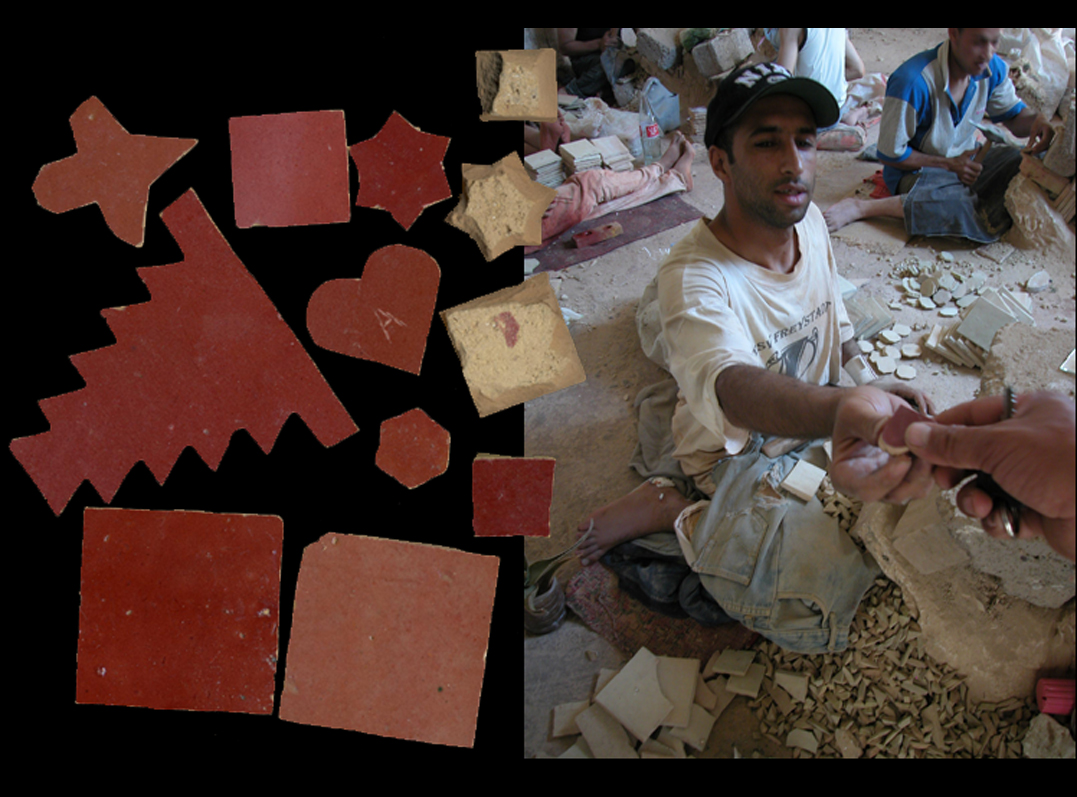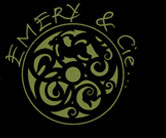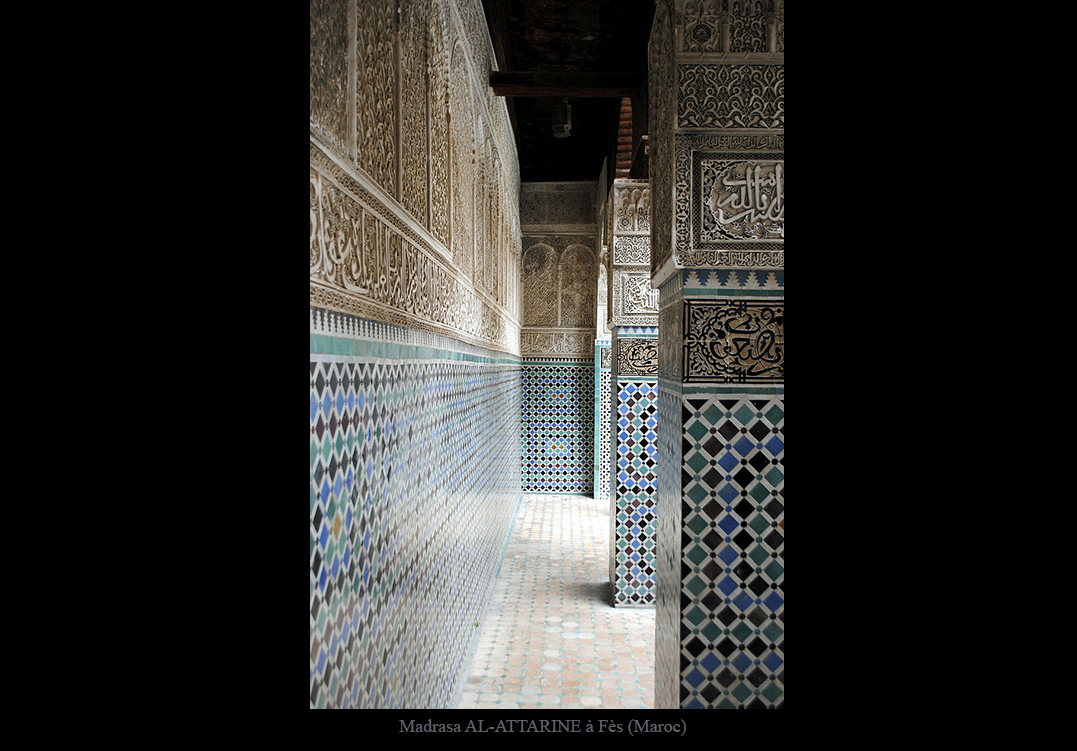
Zellige is a characteristic component of the decorative arts of Moorish architecture.
Its origins remain obscure, and the technique seems to have developed simultaneously in the Maghreb and the Iberian Peninsula
from roots that go back to Roman and Byzantine mosaics. (Wikipedia)
But ultimately, “Zellige” means tile in Arabic, all tiles.
But through ignorance of the true meaning of the word, we have reduced its use to the traditional tiles of Fez
made of glazed and carved terracotta.
This shift in meaning barely troubles me, even though I now know the full meaning of the word.
As if everything were suddenly summed up in a simple square of color where the singularity of each piece is best expressed
in the simplest version, more modern than the traditional use of multicolored mosaics:
that of a “monochrome” surface, where nothing distracts from the subtle play of color variations. No anecdotes, just a very old technique, very artisanal and perfectly illustrative of all the manufacturing flaws
that industrialization has sought to eliminate, through ever more lucrative rationalizations.
Where an industrial tile, now perfectly crafted, exudes boredom and monotony,
the small, dented, imperfect zellige from Fez, just like us, full of flaws and regrets, touches us.
The zelliges we sell are made in Fez, Morocco, using only the clay of Fez… the only clay capable of producing magic!
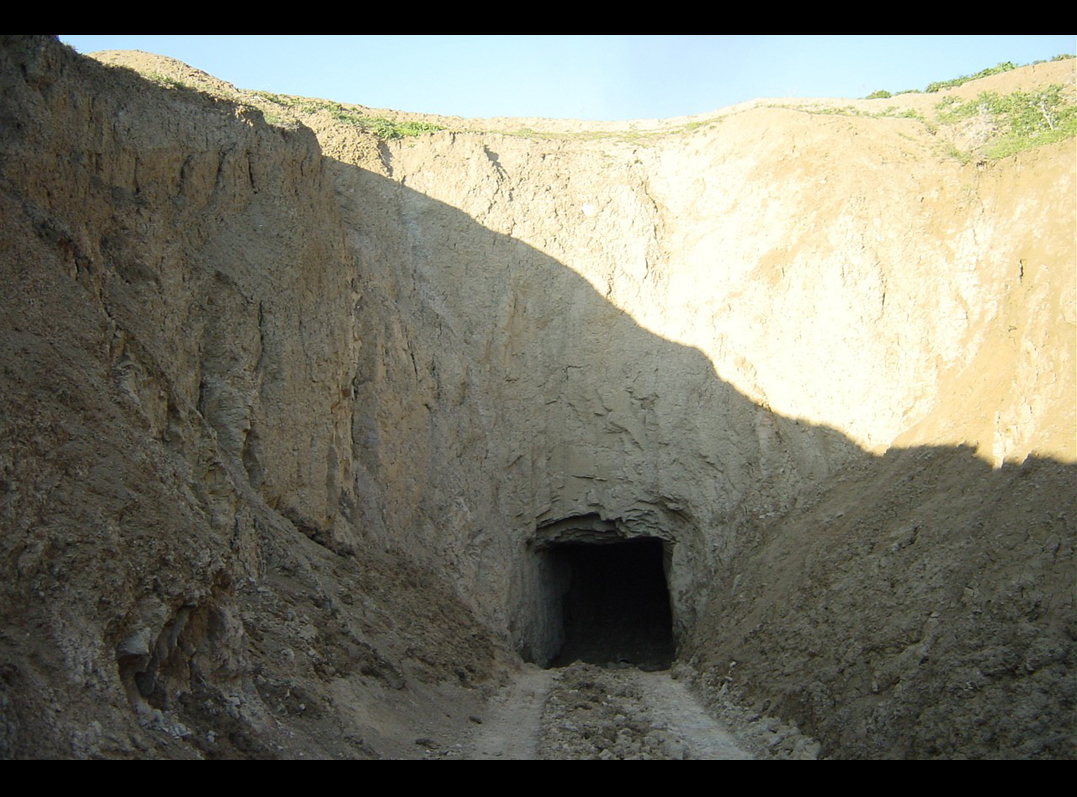
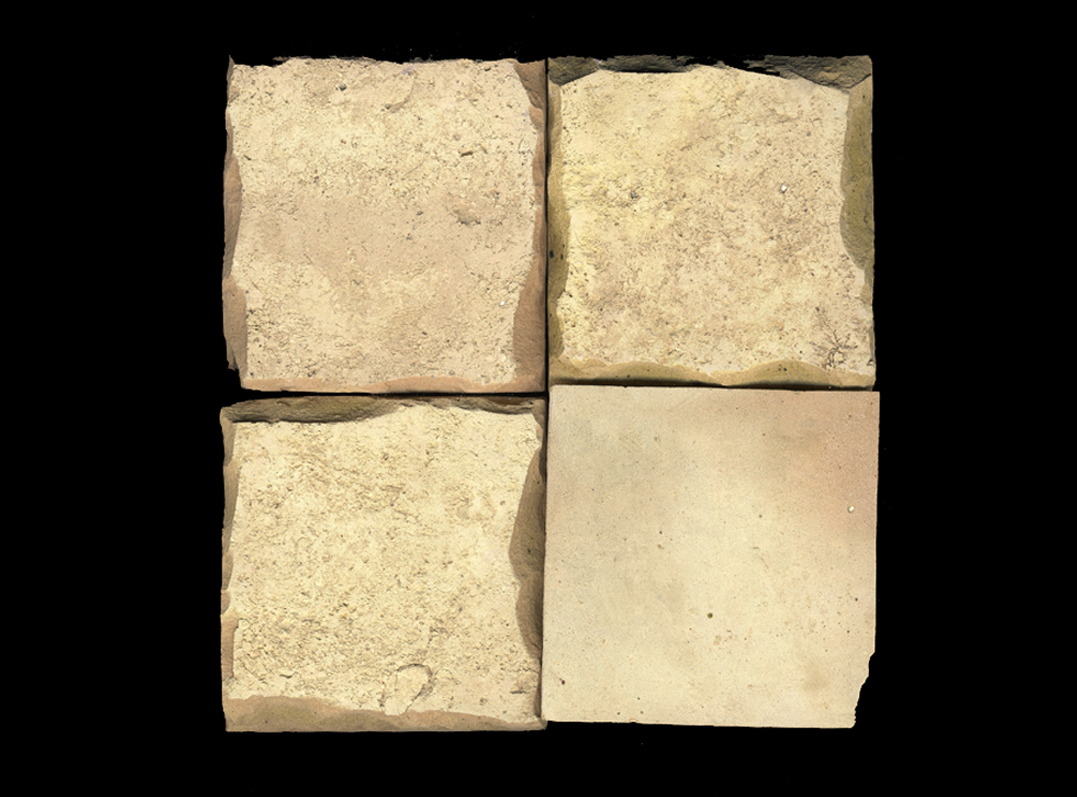
And, just as importantly, the firing in a primitive kiln fueled by sawdust, branches and olive pits,
but nevertheless carried out with a thorough knowledge of these complex technics based on a long tradition.
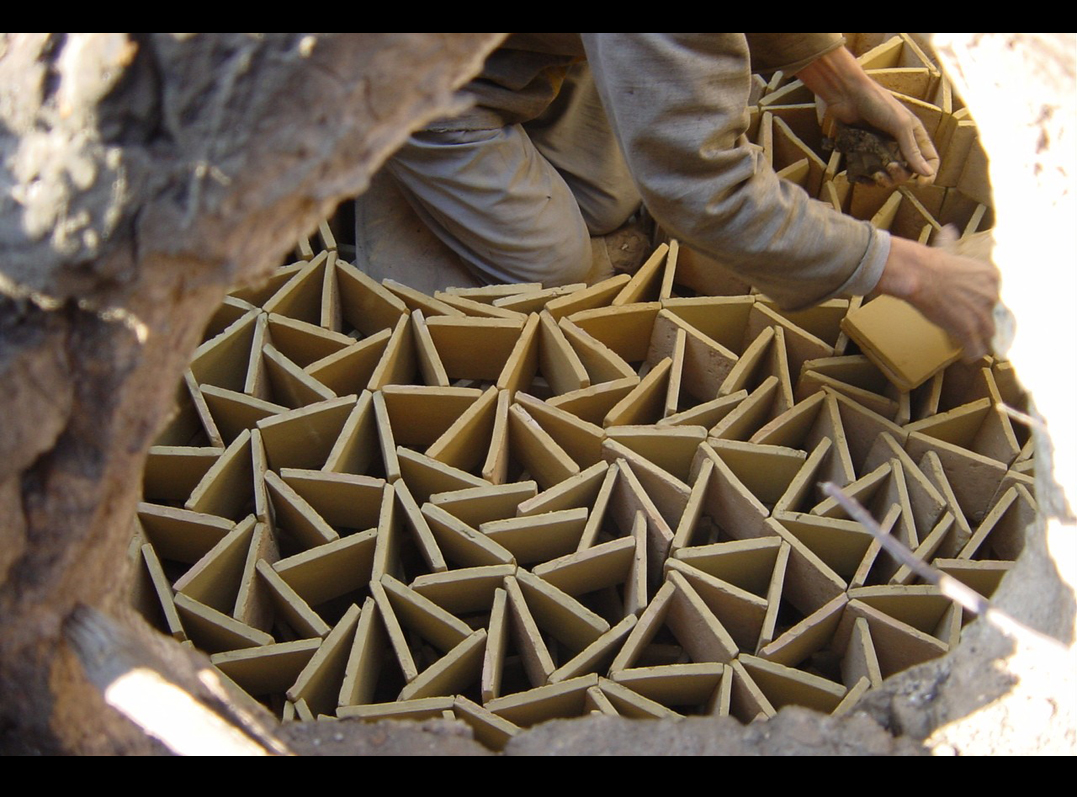
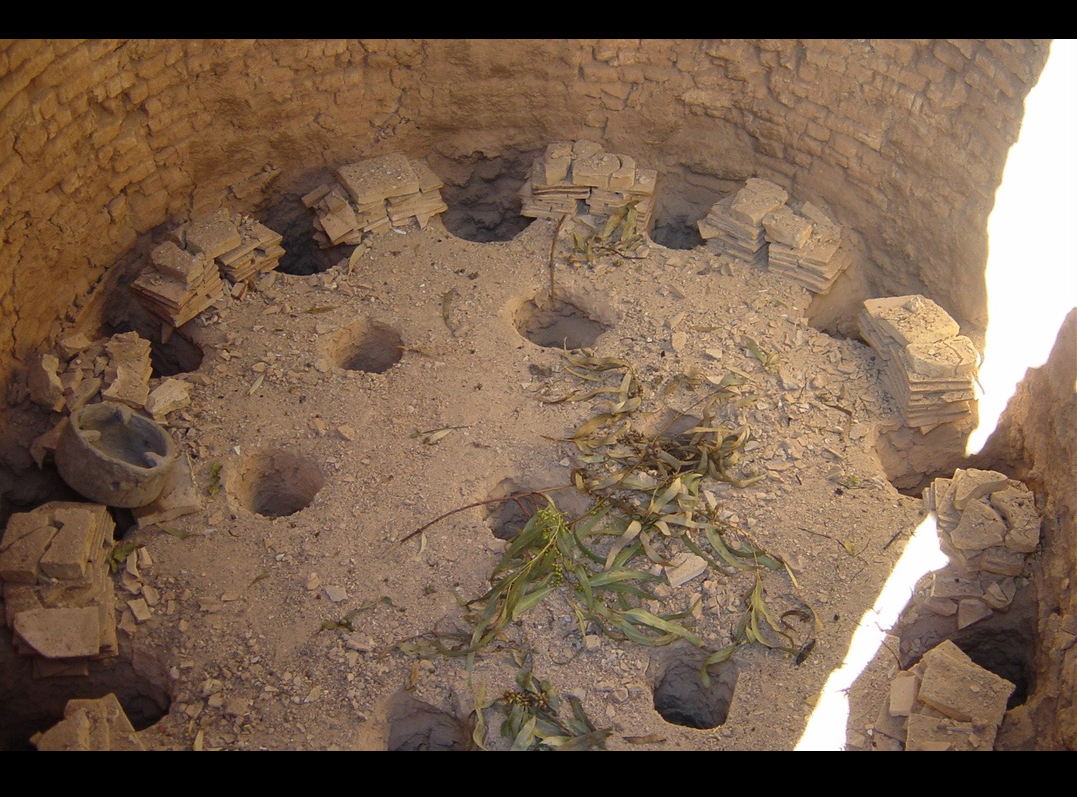
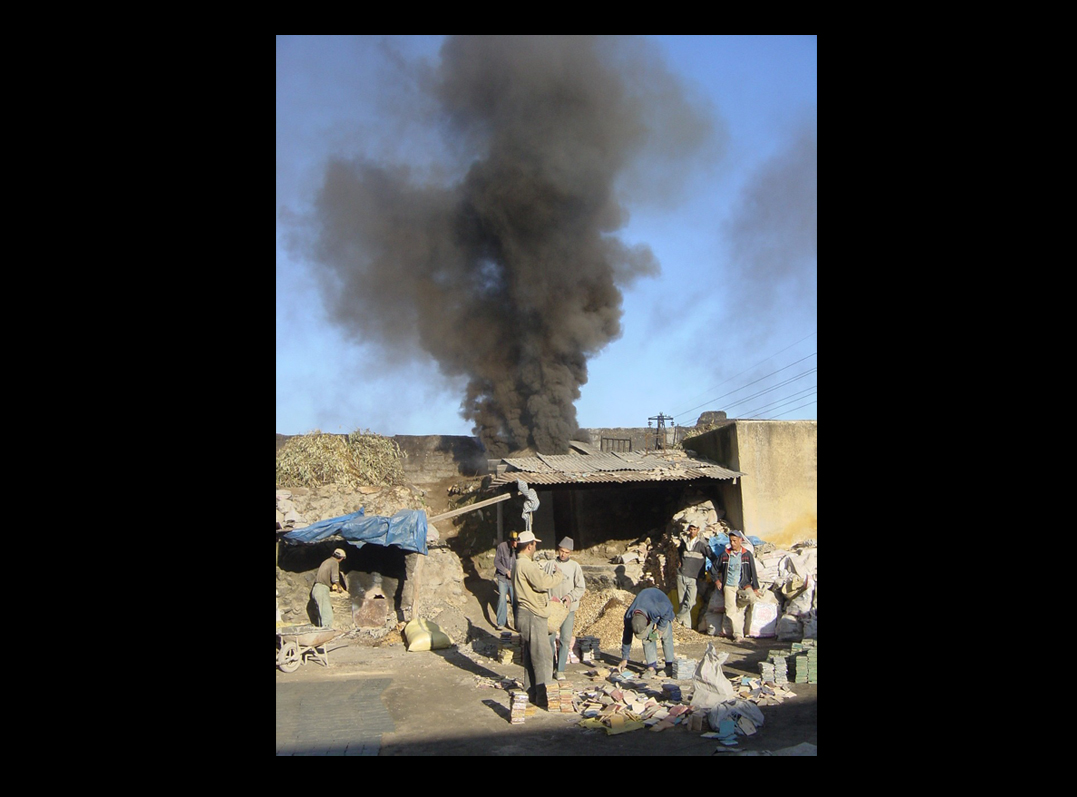
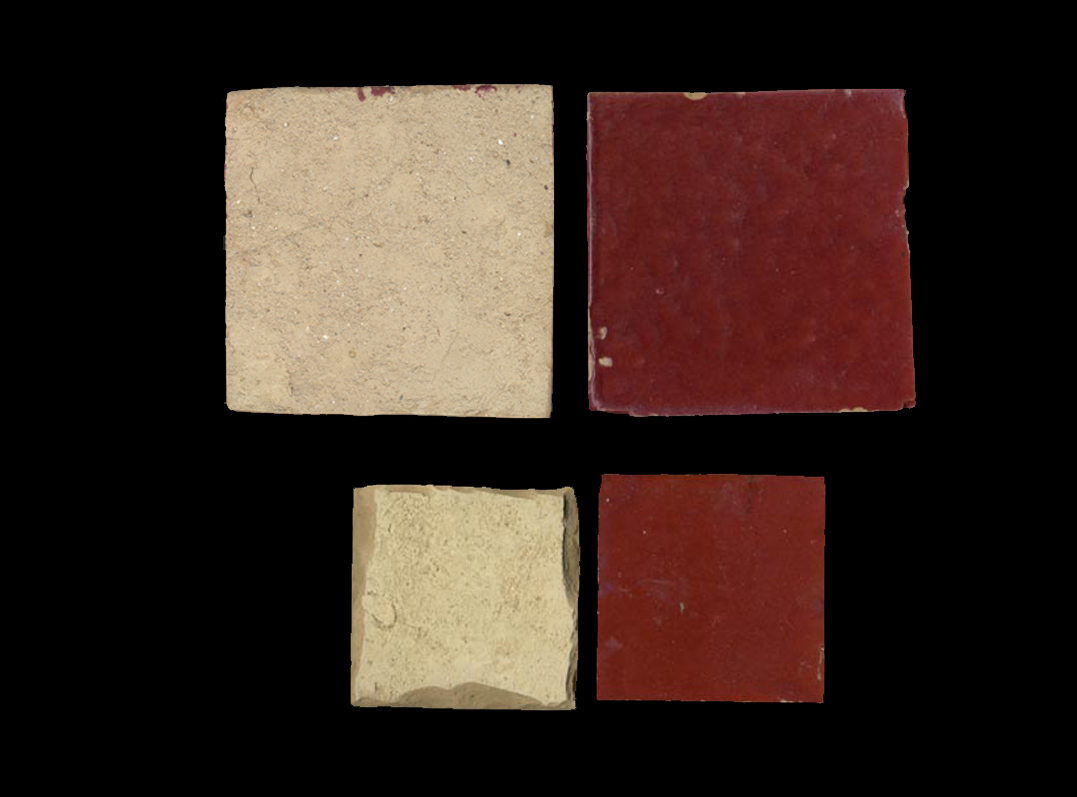
After glazing, the tile is beveled by hand to create a very fine joint.
Traditional shapes will be used to create geometric designs (the heart is an exception, in honor of the visitor!).
